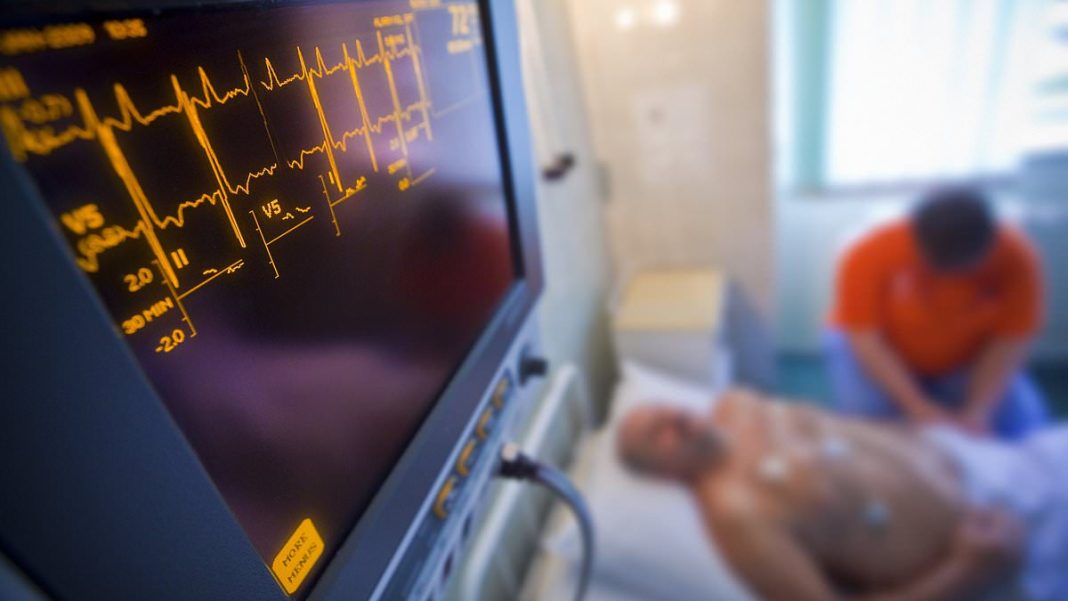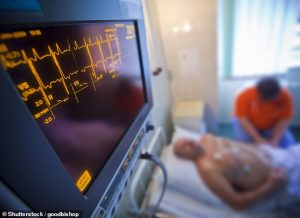Heart Regeneration Breakthrough: Scientists Reactivate Self-Repair Gene
Scientists have discovered the human heart can repair itself by reactivating a dormant gene, offering new hope for hundreds of thousands of heart disease patients. This groundbreaking research could shift treatment from managing symptoms to actual heart regeneration.
Key Takeaways
- Gene called Cyclin A2 (CCNA2) can be reactivated to create new heart cells
- Technique successfully demonstrated in middle-aged human heart cells
- Could reduce need for heart transplants and mechanical devices
- FDA approval for human trials being sought as next step
The Self-Repair Discovery
When someone experiences a heart attack or heart failure, crucial muscle cells are permanently lost. Currently, there’s no way to grow new heart cells after damage, forcing patients to rely on medications, surgery, or transplants.
Researchers from Icahn School of Medicine at Mount Sinai found that injecting the CCNA2 gene into damaged middle-aged donor hearts can kickstart cell renewal. The team first proved this technique worked in pigs over a decade ago, but this marks the first successful demonstration in human cells.
‘Heart disease is the leading cause of death worldwide, yet adult human heart muscle cells stop dividing after birth,’ said Dr Hina Chaudhry, director of cardiovascular regenerative medicine at Mount Sinai. ‘Our work demonstrates that even middle-aged adult human heart cells—long believed incapable of division—can be coaxed back into making new, functional cells. This shifts the paradigm from managing symptoms to actually repairing the human heart.’
How the Gene Therapy Works
The technique harnesses Cyclin A2 (CCNA2), a naturally occurring gene essential for heart cell division during fetal development. This gene switches off soon after birth, leaving adult heart cells unable to divide or repair themselves when damaged.
Using a harmless virus, researchers delivered an active version of CCNA2 into heart muscle cells from donors aged 21, 41, and 55. In the two older patients, they witnessed human heart cells dividing, with the resulting cells behaving like normal, healthy heart cells.
Analysis showed CCNA2 helped heart cells briefly ‘turn back the clock’ by reactivating growth genes, enabling division and heart repair.
Impact and Next Steps
In the UK alone, over 100,000 people are hospitalized annually after heart attacks—roughly one every five minutes. More than one million people live with heart failure, with approximately 200,000 new cases diagnosed each year.
‘This is the culmination of nearly two decades of work,’ Dr. Chaudhry said. ‘We pioneered the concept that the heart could be regenerated by reawakening dormant cell division genes. Our goal is to deliver a therapy that allows the heart to heal itself after a heart attack or in heart failure—reducing the need for transplants or mechanical devices.’
The research team will now seek FDA approval to test the treatment in people with heart disease. The findings were published in the journal Regenerative Medicine.
Understanding Heart Failure
Heart failure occurs when the heart cannot pump blood properly, usually because it has become too weak or stiff. It doesn’t mean the heart has stopped working—it just needs support to function better.
Main symptoms include:
- Breathlessness after activity or at rest
- Persistent tiredness and exercise exhaustion
- Swollen ankles and legs
Some people also experience persistent cough, fast heart rate, and dizziness. Symptoms can develop quickly (acute) or gradually over months (chronic). Consult a doctor for persistent or worsening symptoms.






